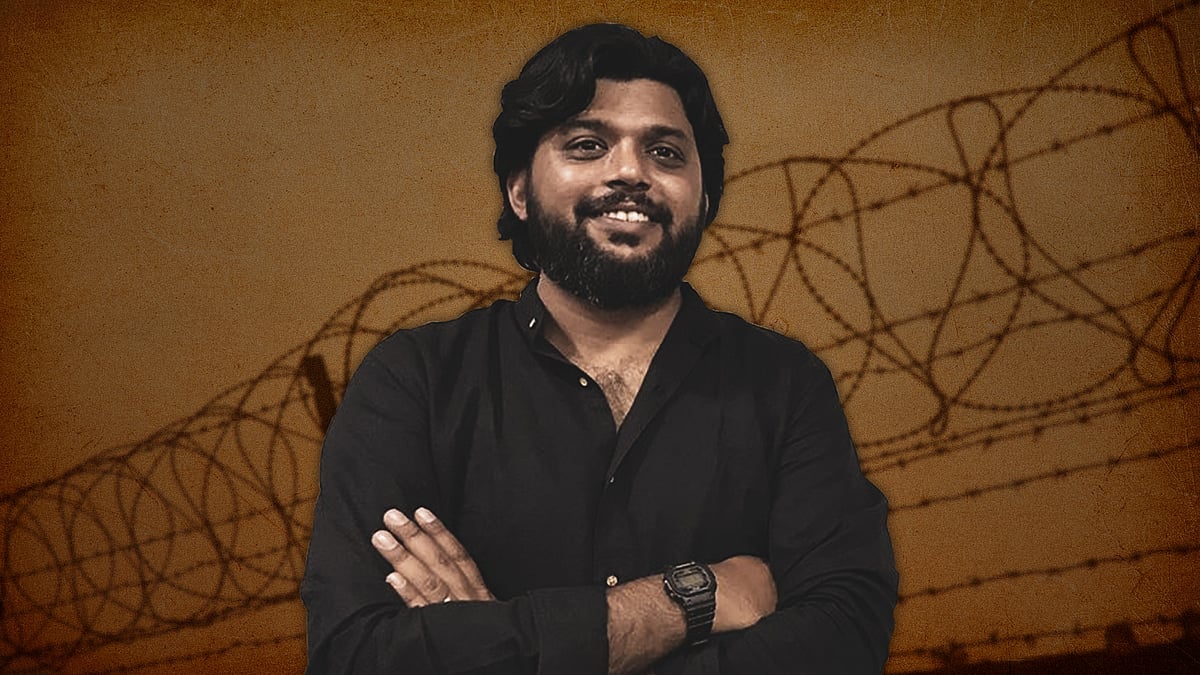Reuters investigation: Danish Siddiqui was killed after being ‘left behind in a hasty retreat’
The report reveals that editors in South Asia weren’t part of the decision to embed Siddiqui with Afghan commandos.
On Tuesday, Reuters published a report piecing together the sequence of events leading up to Indian photojournalist Danish Siddique’s death on July 16 and what happened that day.
Siddiqui had been embedded with Afghan forces and was reporting from Spin Boldak in Kandahar province when he was killed. Reuters' report raises questions about the security measures taken by the media organisation. It reveals that its editors in South Asia weren’t part of the decision to embed Siddiqui with Afghan commandos, and also had no advance notice of the Spin Boldak mission.
According to Reuters, while initial reports had indicated that Siddiqui was killed in crossfire while trying to take photographs in a bazaar at Spin Boldak, an examination of the photojournalist's communications with Reuters and accounts from an Afghan Special Forces commander show that he was first injured by shrapnel from a rocket, following which he was evacuated to a local mosque for treatment.
He was killed, according to a top Afghan officer cited by Reuters, after being abandoned with two soldiers in the confusion of a "hasty retreat".
Major-General Haibatullah Alizai, who was the commander of Afghanistan’s Special Operations Corps when it hosted Siddiqui in Kandahar, said that in fierce fighting, his soldiers withdrew from Spin Boldak and left behind Danish and two commandos accompanying him.
"They mistakenly thought all three had jumped aboard one of the retreating vehicles," the report said. Alizai's account was corroborated by four soldiers who said they witnessed the attack. A British ballistics expert consulted by Reuters concluded that it was "evident that [Siddiqui] was shot multiple further times after he was killed".
Alizai told Reuters that one of his officers managed to get through to the phone of Major Sadiq Karzai, who was commanding the Spin Boldak assault and died along with Siddiqui. He said it was answered by someone identifying himself as a Taliban fighter, who said, “You’re bringing Indians to fight against us.” The officer replied, “Don’t shoot him. He’s a journalist.” “We already killed that guy,” the fighter answered.
Subsequently, the report noted, "...some of the news agency’s journalists have questioned whether Reuters provided adequate security for Siddiqui on the assignment. This report was prepared and edited by Reuters journalists who weren’t involved in managing the photographer or in the decisions to approve his assignment."
 ‘Ambushed by the Taliban’: Kandahar locals recount Danish Siddiqui’s death
‘Ambushed by the Taliban’: Kandahar locals recount Danish Siddiqui’s deathMembers of the Reuters newsroom familiar with the decision to embed Siddiqui with soldiers in Afghanistan said it was "backed by senior photo editors, vetted by external advisers and newsroom managers who handle security, and reviewed by a group of top editors who regularly meet to consider potentially dangerous assignments.".
Reuters said the events surrounding Siddiqui’s death are the subject of internal and external reviews and the company is “working hard to verify the facts".
'If we don't go, who will?'
Siddiqui had asked his editors if he could cover the story of the Taliban on the march in Afghanistan. According to his manager, Asia pictures editor Ahmad Masood, Siddiqui had asked, “If we don’t go, who will?”
He had embedded with the Afghan Special Force, the proposal for which was sent for approval to "a group of senior Reuters editors with ultimate say on security matters". They approved. Reuters said in a statement that it consulted external security experts about the proposed embed with the Special Forces and that “in rapidly changing environments, we review and adjust our plans.”
Reuters did not have a security expert in Kabul or in South Asia at the time of Siddiqui's death.
On July 13, the report said, Siddiqui tweeted about an RPG attack. Asia pictures editor Masood told him, "You are the best judge of the situation. You can absolutely go back to Kabul, do you want to do that?"
The report said, "Siddiqui gave the matter some thought and then told Masood he wanted to continue...Asked why the news agency didn't pull Siddiqui out of the assignment after the RPG attack, Reuters said 'we paused and reviewed the situation on the ground – including monitoring the Kandahar unit’s activities – after which we allowed him to continue with the embed.'"
The area at Spin Boldak, on the volatile border with Pakistan, was a high risk for any Indian national to venture into, according to analysts. The Reuters security team had taken into account the fact that Siddiqui was Indian and it was a risk factor, before deploying him to Kandahar.
Siddiqui had alerted his manager Masood as Special Forces offered to take him to recapture Spin Boldak. On July 15, Masoon further asked Rickey Rogers, Reuters global pictures editor, for permission. A 43-minute email exchange followed, involving photo editors and Reuters operations managers, who noted that there had been no attacks on the Special Forces unit since the incident on July 13 when Siddiqui’s vehicle was struck.
Ultimately, they gave it the go-ahead.
The report said, "Asked whether Reuters weighed security conditions in Spin Boldak, the company said that, when assessing Siddiqui’s embed in Kandahar, the possibility of missions similar in type to the one to Spin Boldak were considered. 'The locality of Spin Boldak itself was not,' it added."
